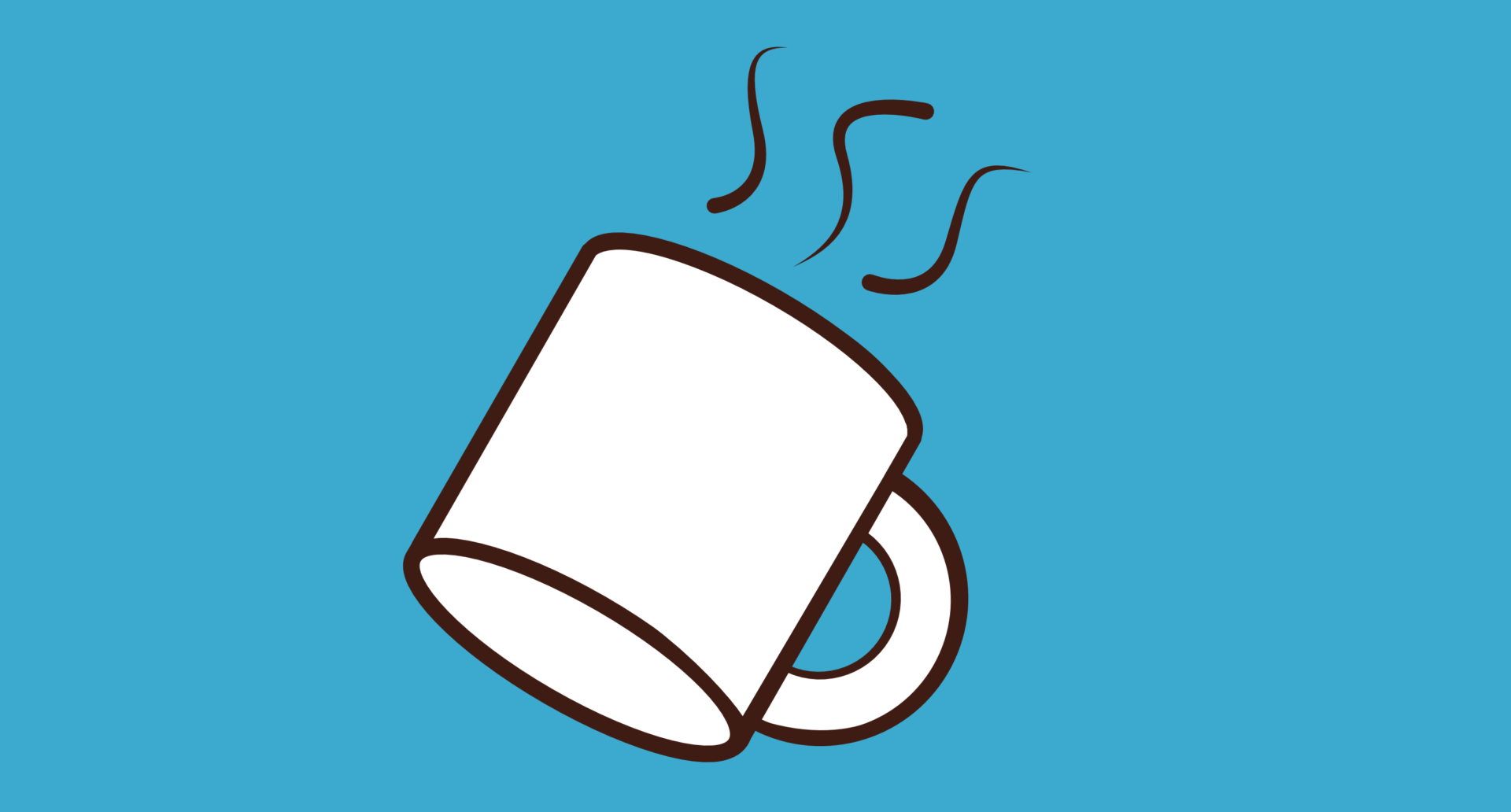Some of us have a hard time functioning without a little java! National Coffee Day is September 29… though you might celebrate coffee day pretty much every day. If you run a business, consider getting coffee (and maybe some healthy breakfast options) for your workers as a sign of appreciation.
And if you’re laying the spread out on a folding table, as many do, why not lift up the table itself so people don’t have to crouch down to get their coffee? Safety everywhere!
Despite the fact that there’s coffee available around pretty much any corner in America, there are a lot of things that people don’t know about it.
Coffee is (and isn’t) good for you
Some Americans get most of their antioxidants from their coffee. No one recommends this, but some antioxidants are better than none. (Eat some fruits and veggies if you don’t currently to boost your antioxidants.)
Moderate coffee drinking has been linked to reduced risk of some cancers and lower risk of Alzheimer’s and dementia, not to mention type 2 diabetes. It’s also linked to a reduced risk of Parkinson’s disease.
Caffeine is shown to improve alertness and physical performance by boosting energy. Coffee may also lower your risk of stroke and heart disease, but be careful if you have high blood pressure.
On the other hand, high doses of caffeine aren’t great. If you’re already drinking coffee, you’ve probably developed a tolerance. But for newbies, high doses can be problematic. Coffee can also worsen symptoms for people with GERD (gastroesophageal reflux disease.) High doses can become habit forming as well.
Arabica vs. robusta beans
Though there’s a ton of coffea varieties out there, the coffee most people drink is from either robusta or arabica beans. The latter tend to taste better, but they’re more expensive.
Robusta usually has more of a burnt rubber taste (yum!) due to its higher caffeine content. Caffeine itself has a bitter taste, and the robusta beans have less fat and sugar content than arabica.
It’s usually cheaper as well, because the robusta beans with their more bitter taste repel insects. Farmers get a much higher yield out of their robusta plants, so they cost much less at the market.
Your instant coffee is probably robusta, and it’s also used in espresso. High quality robusta will taste as good, iof not better, than a standard arabica bean, but it’s rare and harder to find.
Most (75%) bean production is arabica, and Brazil produces the most of those beans. Vietnam is a significant producer of robusta.
Why some people have to cut their coffee off earlier in the day
Genetics determine how sensitive people are to caffeine. Some people metabolize it slowly, so that it stays in the system longer. These are the people who need to stop drinking coffee early so that it clears their system by the time they’re ready to go to sleep.
Having difficulty sleeping? How late are you drinking coffee and other caffeinated drinks? They could be the culprit if you’re suffering from insomnia. If you get more sleep, you have less need for caffeine.
Run hot or cold
You’ll get more antioxidants from hot coffee, and it has a lower caffeine content. It can also be tougher on your stomach. Cold brew, on the other hand, is loaded with caffeine but nicer for people with acid reflux as it is less acidic.
Healthiest ways to drink your java
As you can probably imagine, the more you load up your cup with creamer and sugar, the worse it is for you health-wise. If you’re drinking for health benefits (and alertness) hot and black is the best way to go.
If you do decide that you need whipped cream or sugary syrup, then take a smaller cup. It’ll still taste good, but it won’t send your calorie count skyrocketing as a bigger size will.
Macchiatos (just the splash of milk) and cappuccinos are next best in terms of calorie count. They have milk, but not too much, and you can always swap cow for a nut or plant-based milk.
Next is a flat white, which has more milk than a cappuccino but less than a latte – which is essentially a milk-based drink with some coffee in it. If you can stay away from the flavors which are typically full of sugar, a latte isn’t that bad.
We love our Vietnamese coffee here at Lift Your TableⓇ… but while it tastes great, it’s not great for you. It’s also known as Swedish or egg coffee and involves beating a raw egg yolk with sweetened condensed milk. Yummy, fattening, and can possibly give you a salmonella infection from the raw egg.
If you take vitamins, don’t do it with your coffee – leave about an hour between consuming the two. Coffee can block absorption of some, and the others may leave your system too fast (coffee is a diuretic) to do you any good.
Are coffee pod brewing machines bad for the environment?
Machines that use coffee pods revolutionized the home coffee market. Single serve machines often use less water and electricity than other coffee making methods, so they have an edge over more conventional counterparts there.
The problem, as you may have guessed, lies in the disposable coffee pods. They’re typically made from plastic, paper, and aluminum, so they’re not really biodegradable. Most people are throwing them in the trash anyway, rather than trying to recycle or compost them.
Unfortunately, the parts of the machines themselves that can’t be cleaned also promote mold and mildew. Though of course some other coffee pot types have the same issue, not just the pod machines.
If you want to reduce the damage to the environment and keep your coffee pod machine, you can look for coffee pod manufacturers who use compostable cups. Or you can buy your own reusable pods and put your own ground coffee in them.
Want to lift up your folding table to make it easier for everyone to reach their coffee without straining their backs? Check out our full product line of folding table risers at our online store.
Lift Your TableⓇ… SAVE YOUR BACK!




